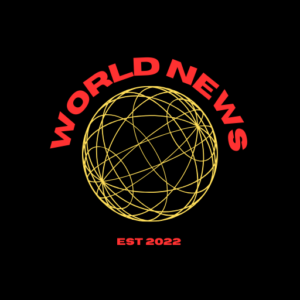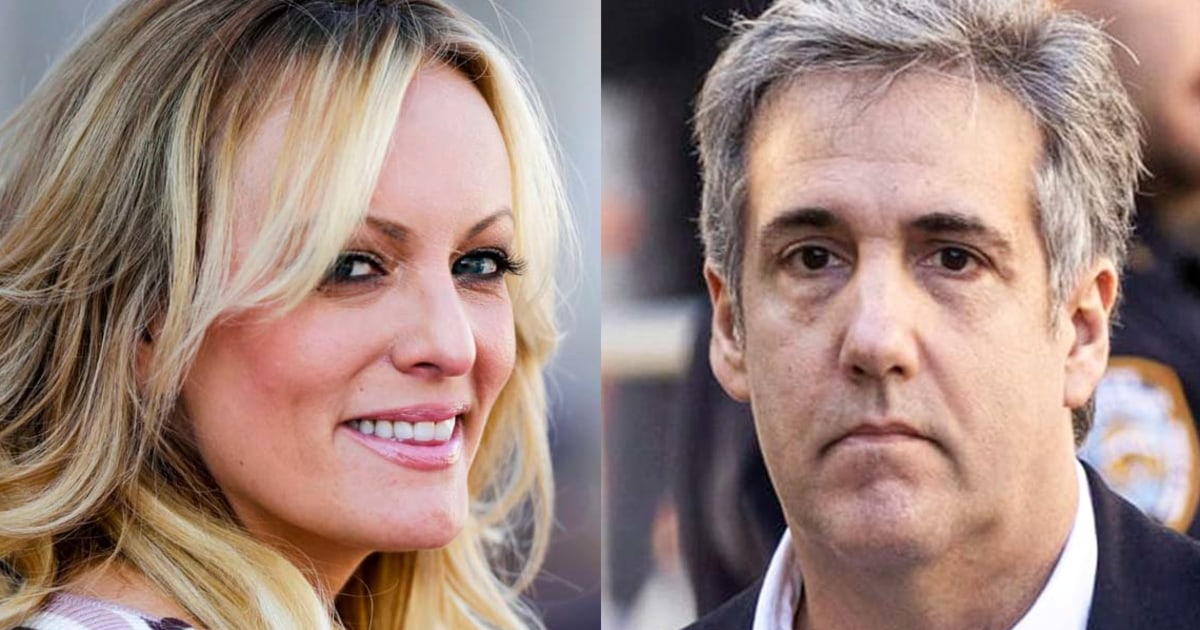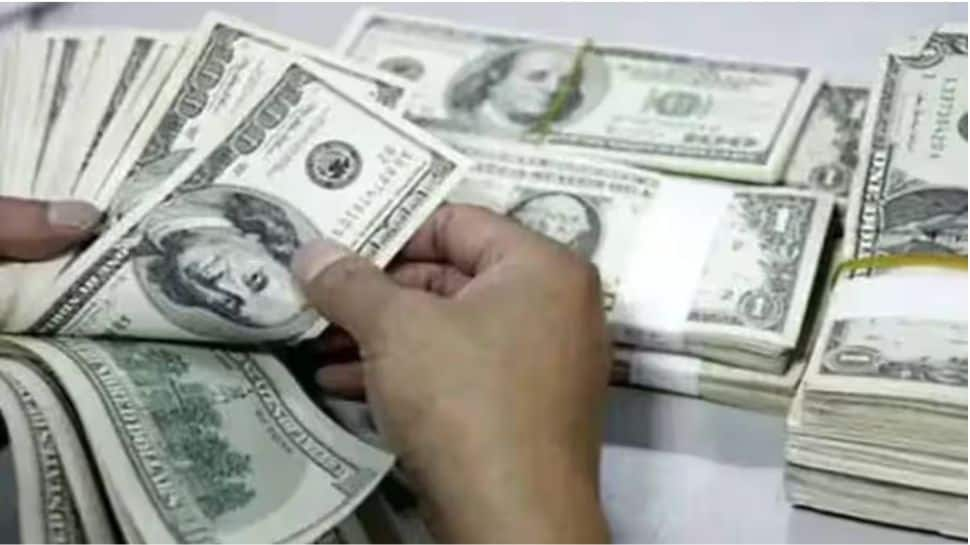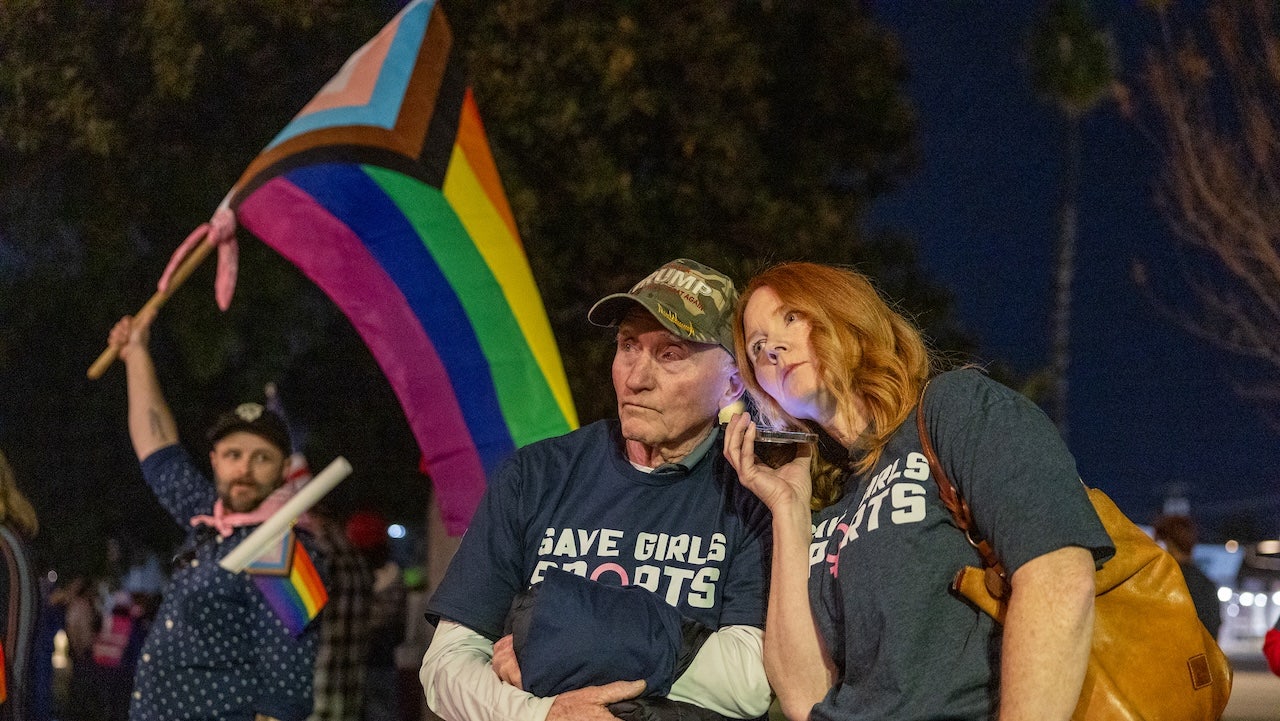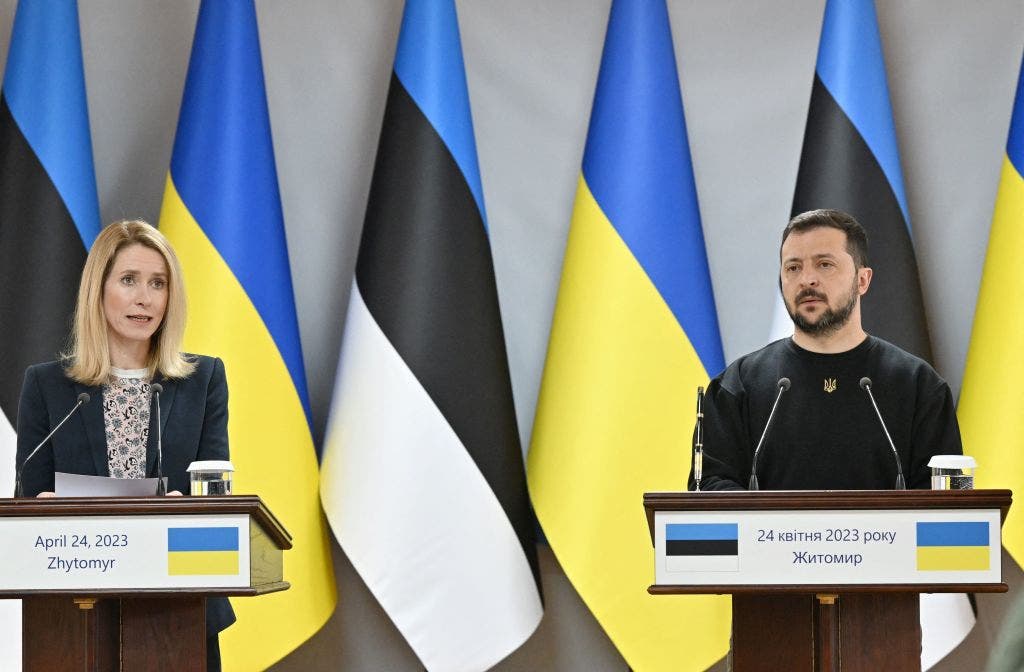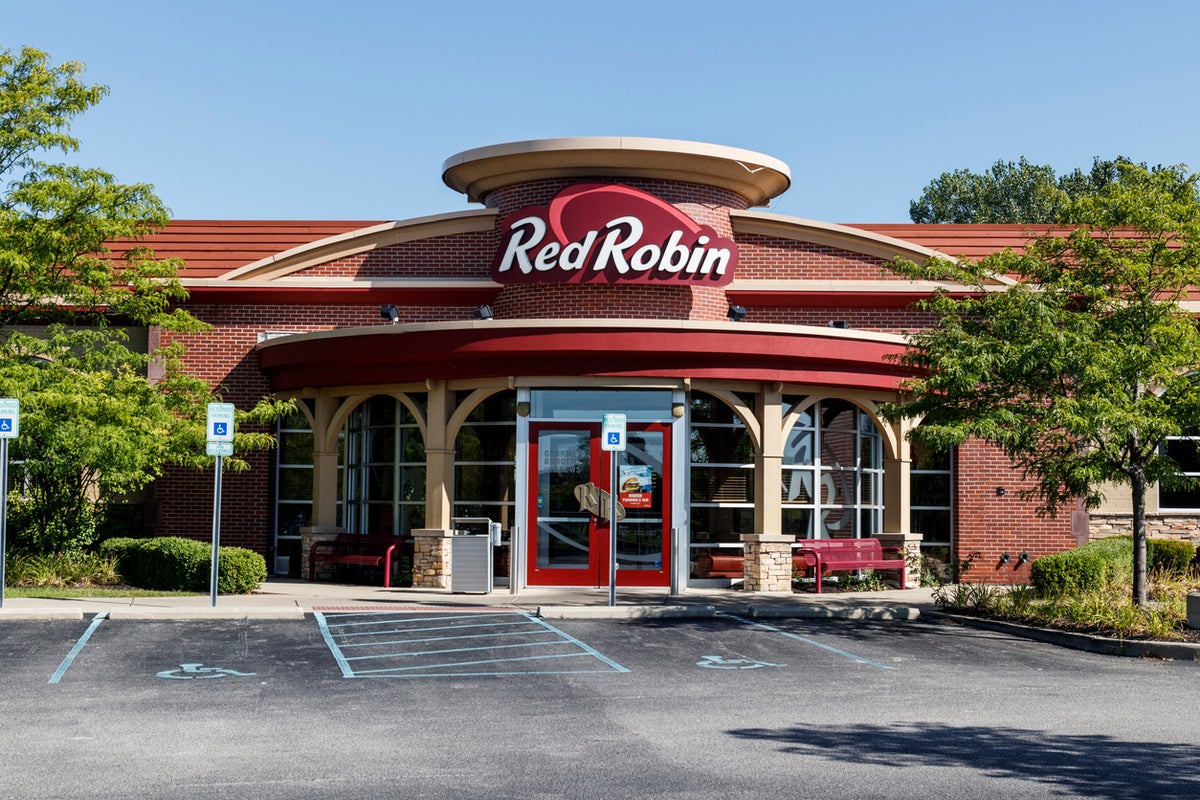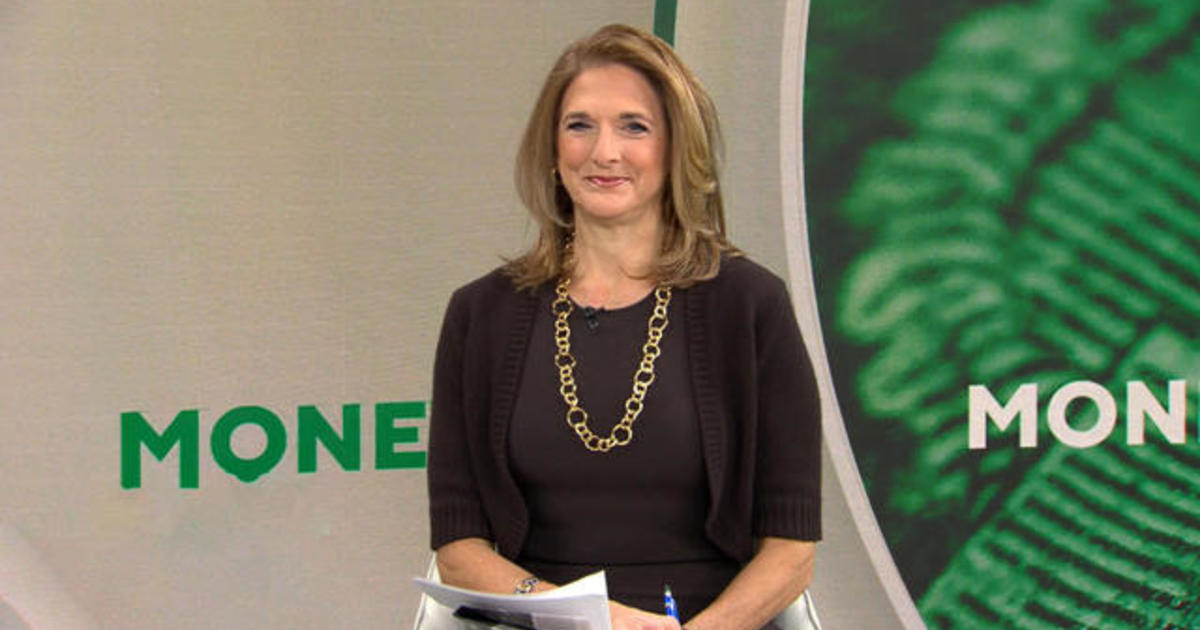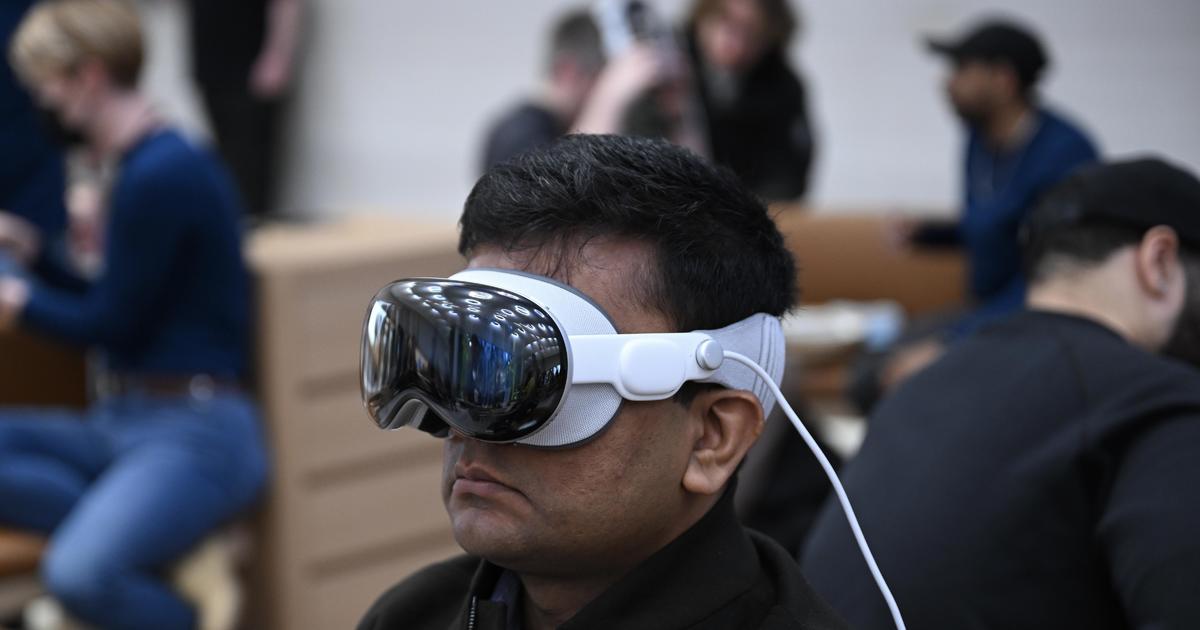Take, for example, “Confetti,” a trio of silver-plated bricks attached to the wall by metal rods in positions that simulate hurtling through the air. The piece’s title and its silvery sheen refer to the metallic paper bits thrown at parades and weddings. But bricks also represent the traditional structures of Ireland and much of Northern Europe, or they can be impromptu weapons heaved in anger. The building blocks are constructive and destructive at the same time, the artist told a visitor to the show opening.
McCann’s show includes invocations of the 101-year-old partition of Ireland and Northern Ireland, which inspired the title of the show’s video, “Hairline Crack.” (The phrase is from a poem by Belfast author Ciaran Carson.) The border is a byproduct of Britain’s rule of Ireland, and McCann also ponders more distant parts of that mostly bygone empire. The hippo, which reappears as a dark bronze statue, is a tribute to one sent from Sierra Leone, then a British possession, to the Dublin Zoo, where it promptly died.
The bronze hippo is paired with a seagull, and McCann’s menagerie also includes a dog who prowls Ireland’s Victorian-era natural history museum in the “Hairline Crack” video, as well as two canines standing atop a small sculpture of a ridge that forms part of the border between Ireland and the North. Some political barriers are also natural ones.
Niamh McCann: Someone Decides, Hawk or Dove Through Sept. 30 at Stable Arts, 336 Randolph Pl. NE. stablearts.org. 202-953-9559.
Many of the eight finalists for this year’s Trawick Prize are known to regular local gallery visitors. The participants are all Marylanders aside from D.C.’s Rex Delafkaran, who won best in show, and Richmond’s Fanxi Sun. The work includes video, pottery, sculpture, fabric art and even some painting.
Delafkaran explores mutation and evolution with two rough-formed ceramic pieces subjected to primal forces. A stack of bowls bakes under a heat lamp, while a single vessel is outfitted with a water bottle, with which visitors are encouraged to give the object a spray.
Among the other artists who show often in the area are Kei Ito, who evokes his grandfather’s survival of the Hiroshima atomic bombing with text written in ash and a five-screen video of green-tinted explosion footage; Stephanie Garon, who illustrates mankind’s disruption of nature by hanging a tree upside down from a steel scaffold; and Rush Baker IV, whose near-abstract red-and-blue paintings incorporate fitful glimmers of Civil War battles.
Less familiar artists are Sun, whose split-screen video pits water imagery against a close-up of a hand that’s plucking a string, and Giulia Livi, whose “Play Group” wall sculptures seem to both mock and celebrate everyday domestic objects. While Sun’s performance-based videos feel introspective, Livi’s creations render curving minimalist forms in mass-market pink and yellow. The result is alienating and cheery at the same time.
The Trawick Prize Through Oct. 1 at Gallery B, 7700 Wisconsin Ave. #E, Bethesda. bethesda.org. 301-215-7990.
Michelle Cho forged an oval near-loop of lumpy pewter, Rochelle Youk hung craggy bricks of dried soybean paste from a wooden beam, and Andre Lee Bassuet sewed a used tablecloth and curtains into a traditional dress. All these pieces — raw, irregular and somehow linked to tradition — are meant to express “Han,” the title of the Korean American Artist Collective’s show at Culture House. The word “epitomizes the Korean ethos for those in the diaspora,” according to the group’s statement.
Among the 21 artists are Julia Chon and Dave Young Kim, who offer cleanly hard-edge paintings of, respectively, a woman in traditional garb and two storks below two strands of barbed wire. (Kim’s picture is paired with an electronic ticker tape that scrolls Korean text.) Most of the work, however, is intentionally rougher in appearance.
Aaron Chung’s nook of hanging banners, mostly printed with photographic images, is entered by passing through paper dividers into which the Chinese character for “gate” has been carved hundreds of times. In the same small room is Jeffrey Yoo Warren’s wooden water pump billed as a “healing mechanism.” Nearby are He-myong Woo’s stump-like sculptures made of wood and dyed paper and Thad Higa’s multilayered paper collage, which includes text in Roman letters and Chinese characters. Higa’s piece is literally gouged and burrowed, but it’s hardly the only artwork here that involves some sort of excavation.
Korean American Artist Collective: Han Through Sept. 30 at Culture House, 700 Delaware Ave. SW. culturehousedc.org.
In Dario Zucchi’s large-format photographs, people interact with pictures. But the Milan-born Washingtonian doesn’t offer a clue to what the individuals think or feel about the image they’re facing, whether it’s a painting or a photo of an animal. The dialogue is purely visual. Zucchi finds spectators who are wearing the same bold primary color as a large abstraction, or whose hair seems to blend into a bird’s plumage. He spots contrasts, too, but these usually honor the artwork on display. In one picture, a viewer’s horizontally striped top just heightens the vertical bands of the Gene Davis canvas in front of her.
The concept may seem limited, but Zucchi keeps discovering witty variations. The droops of a man’s baggy olive trench coat echo the liquid blue-green waves of a Morris Louis “Veil” painting, and a woman’s hairy jacket — fake fur, surely — matches the coat of the kitten in the photo she faces. In two photos, viewers look at neoclassical paintings of surgeries or autopsies performed before audiences. Men stare out from the pictures toward the unseen countenances of the people who were photographed looking toward them — and thus at the live spectator as well. This makes evident what’s implicit in all of these photos: Zucchi’s pictures of looking are completed when someone looks at them.
Dario Zucchi Through Sept. 30 at the Arts Club of Washington, 2017 I St. NW. artsclubofwashington.org. 202-331-7282.
